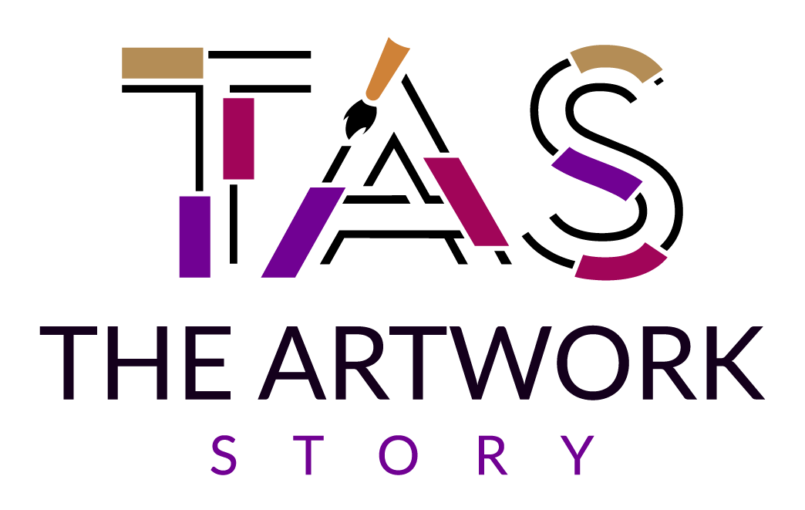|
Recently we sent - Exposing Art Crimes Lack of Response Violates First Amendment and discussed the timeline of some 1990s art crime events (read it here). In an attempt to explain how Suzanne solved the riddle of her mother's story, by figuring out Frederick Koch's checklist. A checklist for making right with the art world after committing nearly one billion dollars (today's value) in art crimes. Art crimes from a 1990 art heist in Boston and a 1991 art fire in London.
During Suzanne's journey on this story, the moment that stands out the most to her is about a torn and tattered Jim Cassel print her mother received from Frederick Koch. It is already hard enough to imagine yourself in the middle of such an amazing art story.
But here Suzanne is looking at genuine artwork by van Gogh, Picasso, Manet, etc. She knew nothing about artwork. However, she had heard of these artists. But art like this is nothing anyone in her world ever knows about first hand. You can only see artwork by these artists if you visit a museum.
So, imagine sitting there surrounded by this amazing artwork in your own home. Looking at it, going over the story of how your mother came to be in possession of such amazing artwork. You pick up this torn and tattered print by Jim Cassel. You tell your mother that she should throw the print away. It is worthless. Your mother states firmly, "NO. That is the most valuable piece".
That is where Suzanne found herself. She ponders that the print cannot possibly be worth more than the van Gogh and Picassos. Suzanne asks her mother, "What do you mean?" Her mother goes on to describe how the man was emotionally and visually attached to the print. His hands shook when he gave it to her. It was inside a manila folder, and that was inside an envelope. It was the only item he didn't sell her; he gave it to her.
Suzanne remembers sitting there holding that print and thinking, "This print has an emotional meaning versus a monetary value. This print is going to solve something huge one day". That was more than 20 years ago.
Then, in June of 2012, Suzanne solved her mother's story by solving Frederick Koch's checklist. It was the day she solved the Cassel print. She had no doubt in that moment that she had finally solved her mother's story. It couldn't have been solved without all the right information. Below is a photo of the torn and tattered Cassel print.
|
